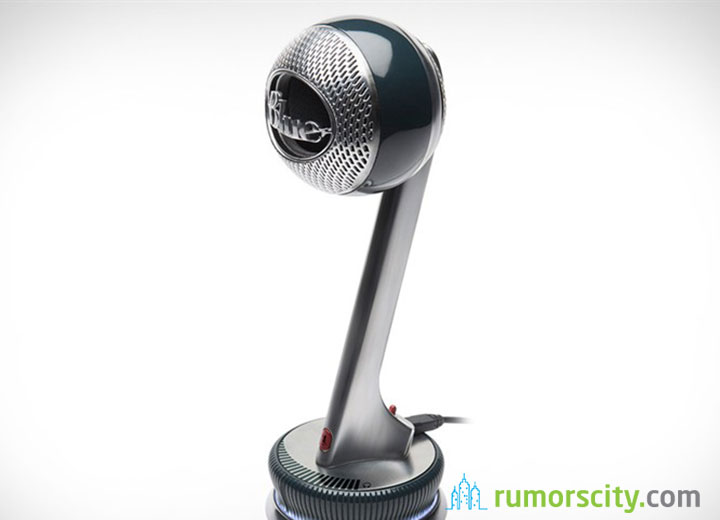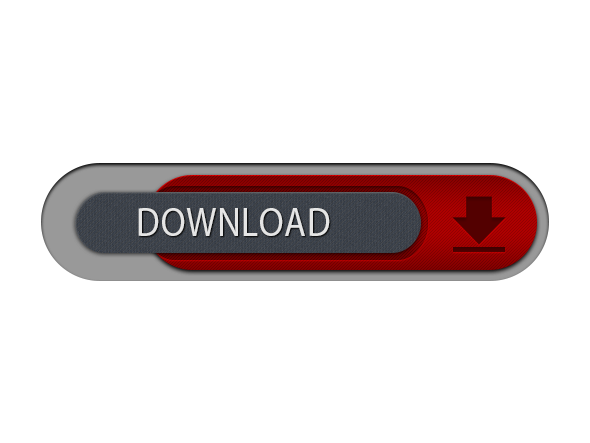Many people will never give their computer microphone a second glance, how about you?
January 5, 2020. A built-in microphone on a laptop like a MacBook Pro is a useful feature for almost anyone. You might need a microphone to take a video call, handle important business, or to play video games. If you're a musician, a microphone is an essential tool you need to have fun and develop your craft and create awesome music. Apple's custom T2 security chip in the latest MacBooks includes a new hardware feature that physically disconnects the MacBook's built-in microphone whenever the user closes the lid, the company revealed yesterday at its event at the Brooklyn Academy of Music in New York. Mic mixer software. 6 Foot - Male XLR to 3.5mm Cable: 10 Foot - Male XLR to 3.5mm Cable: StarTech TRRS Cable: http://amzn.to/2rn9jv.
It isn't really something you check the quality of when choosing a MacBook to buy, and most people tend to assume that whatever is built in will be satisfactory for their occasional use.
However, there comes a point where the built-in microphone simply doesn't cut it. Whether your voice isn't getting picked up properly while using Skype or if you want to start recording your own podcast, an external USB mic is a great place to start rectifying this problem.
In this guide, we'll point out some of the best mics in portability, versatility, and recording power. We'll also guide you through picking a mic that suits your needs — whether you're an everyday user, amateur recorder, or a professional.
Quick Summary- For something ultraportable but geared primarily towards communication needs (i.e. business conference calls, narration), the Blue Snowflake USB Microphone folds into a small rectangle that is easy to take to/from work on the daily.
- Does your recording demand versatility? With multiple recording patterns the Blue Yeti offers a flexible design and endless ways to take your audio quality to the next level. It also includes a zero-latency headphone jack.
- The Apogee MIC PLUS is the best choice if you're completely committed to Apple and looking for a product that feels the same. Well integrated with all of Apple's products and extremely portable, this mic is ready to rock whenever and wherever you are.
- To step up your audio game at home, the Blue Snowball iCE Condenser Mic has you covered. Its classy design and brand reputation imply a degree of quality, you'll be able to experience first hand whether you're recording your guitar or narrating a home video.
An external microphone is not usually a cheap investment, and those who purchase them usually need them for a regular task.
That could be as mundane as frequent video-conference calls for work where you need others to be able to understand you clearly or as technical as creating your own music in a home recording studio, but the occasional Skype with an old friend will probably be just fine using your Mac's built-in microphone.
Buying a USB Mic for MacBook Pro: What to Consider in 2020? SizeDepending on your intended use for your microphone, you'll be comfortable with different levels of portability. For example, if you only plan on recording at home a larger microphone with a bigger footprint may be perfectly fine. However, if you need the mic while at work or have another need to take it wherever your laptop goes, you'll want to look for something that can become quite a bit more compact.
Recording PatternWhat you plan on recording has a significant impact on which mic you choose. Microphones come in different polar patterns, which is what determines how well they pick up sounds at specific angles (see the 'Additional Tips and Tricks' section below to help decide what you're looking for). This is key to making sure your mic works effectively and records only what you want it to.
Recording QualityBuying a USB mic means you're already looking for something a step above what's built into your Mac, but even so, they come in many different recording qualities. Measured in bits/kHz, the higher this rate is the higher quality your sound will be. Don't be tricked into paying for something much more technical than you need though – the final file format of your recording could make that rate obsolete, so this isn't something to worry about if you're just going to hook up the mic when using Skype.
The Best External Mics for MacBook Pro: Our Picks in 2020Please note that the mic products recommended below are chosen based on the criteria listed above, plus our personal preferences. They are, however, not intended to be ranked in this order.
1. Blue Snowflake USB Microphone Microphone On Mac Air
This microphone is one of the most ideal if you'll need high-quality recording wherever you go. The compact case expands into a stand that can clip on the top of your MacBook with ease, and the whole device is only about 2.5' thick, making it for easy transport without sacrificing quality since it has a sample rate of 16bit/44kHz.
- Pros: It covers all the bases with both an eye-catching design and spot-on functionality. A cardioid condenser, it's perfect for home narration, podcast recording, or voice calls from your Mac. Also, it doesn't require any drivers, so works perfectly as soon as you plug it in.
- Cons: Not an optimal choice for musicians; quality is more than sufficient for communication but would likely be found lacking when it comes to recording a track.

If you need something versatile and top-tier quality, the Blue Yeti has you covered. With four different recording patterns available in a single mic, it's ready for any possible recording situation, from voiceovers to a new record track. You can also connect your headphones directly to it for a complete recording experience.
- Pros: The ability to choose between cardioid, bidirectional, omnidirectional & stereo recording patterns means you'll never sacrifice recording quality no matter the situation. It includes gain control and a mute button. And it's backed by a two-year warranty so you never have to worry about defects.
- Cons: Not built for portability. At almost a foot tall, this mic is meant to stay in one place, such as your home office or recording studio.
If you want a mic truly built for Mac, Apogee is the way to go. Besides recording as normal when connected to your MacBook, it also has the ability to connect to your iPad or iPhone and integrate with Garageband for optimal productivity. This is a cardioid condenser microphone.
- Pros: At only a bit more than a pound and less than 5 inches tall, this mic is ready to go anywhere and everywhere with you. In addition to a tabletop stand, It also comes with an adapter so that it can fit securely into an existing microphone stand. It's a great choice for musicians.
- Cons: There are some users say that you cannot use the Garageband functionality with iOS 11, although Apogee has been working on the issue.
Photolemur 2 2 0 – automated photo enhancements. Alright, so the Blue Snowball doesn't actually come in blue… but the round snowball shape associated with the brand has a reputation for performance for a variety of recording situations. A bit over a pound and close to a foot tall when mounted on the included stand, this mic is ready to go straight out the box with no drivers to install.
- Pros: This driverless mic is ready to put in work as soon as you are, with a cardioid pickup pattern and sturdy design that will leave you more than satisfied with the sound. It's also Skype-certified, lending credibility for the sound quality of any communications you may use it for. Should work nicely for a single-player recording as well.
- Cons: Since it picks up sound in front and behind the mic, you may experience some buzzing or humming if you aren't in a properly arranged space.
Picking up on all the lingo of a new technical product or field can be difficult and confusing. When it comes to microphones, one of the key things to learn about is the polarity pattern of your potential purchase. This pattern determines how well sound will be picked up at different angles, which becomes more or less important depending on how you plan to use it. This guide will give you a great explanation of what each pattern means and when each is most useful.
Once you have the right mic, you'll also need to make sure to set up your recording properly as well. While it may seem like the best settings are simply pushing all sliders to the max, this actually isn't the case, and this discussion will help guide you through picking a sampling rate and bit depth that works for what you need.
Final WordsBuying a mic is heavily dependent on what you plan to use it for, and you should always make sure to thoroughly research any model you consider.
All of the models we've listed connect to your mac through the USB port, but other types of mics may use the mic/headphone port or some other method, which is also something to consider. Additionally, many come with different kinds of stands or adapters that you may find useful- always check for these! https://epinicedat.weebly.com/winner-software-download-for-pc.html.
Mac thumb drive. Free deposit bonus casino. Pdf reader software for pc windows 10. Do you currently use a USB mic? We'd love to hear what you think of your model and what you look for in picking a new one.
